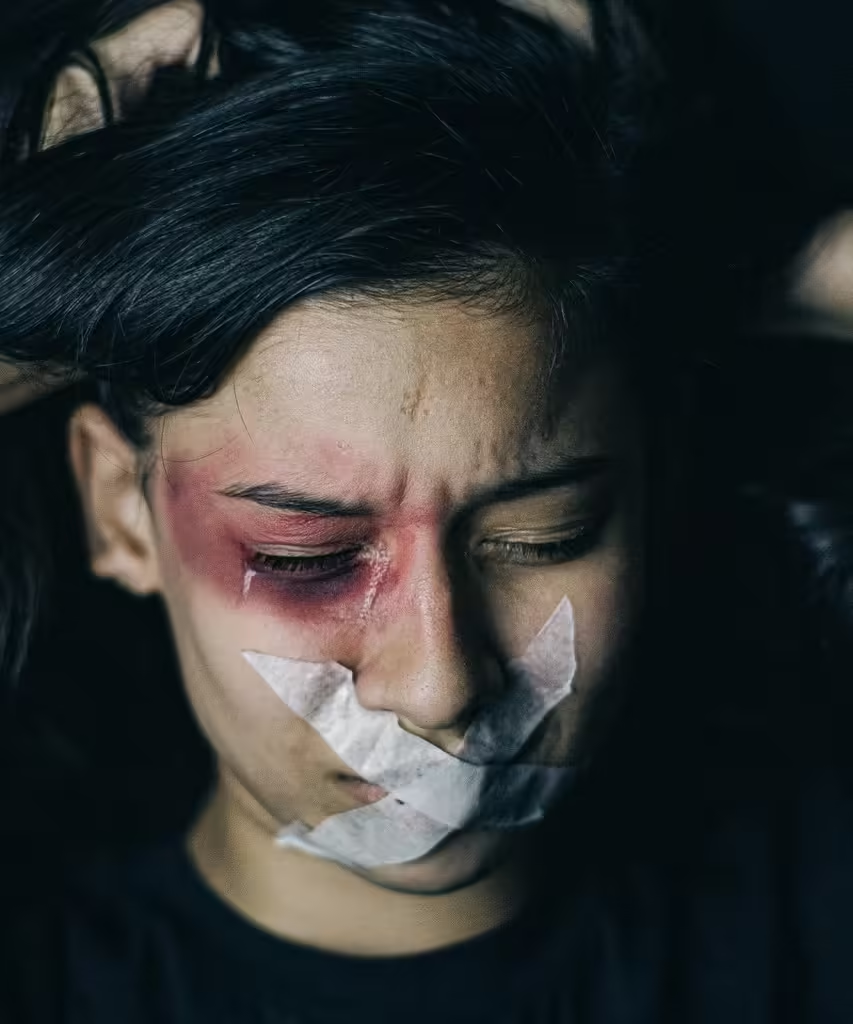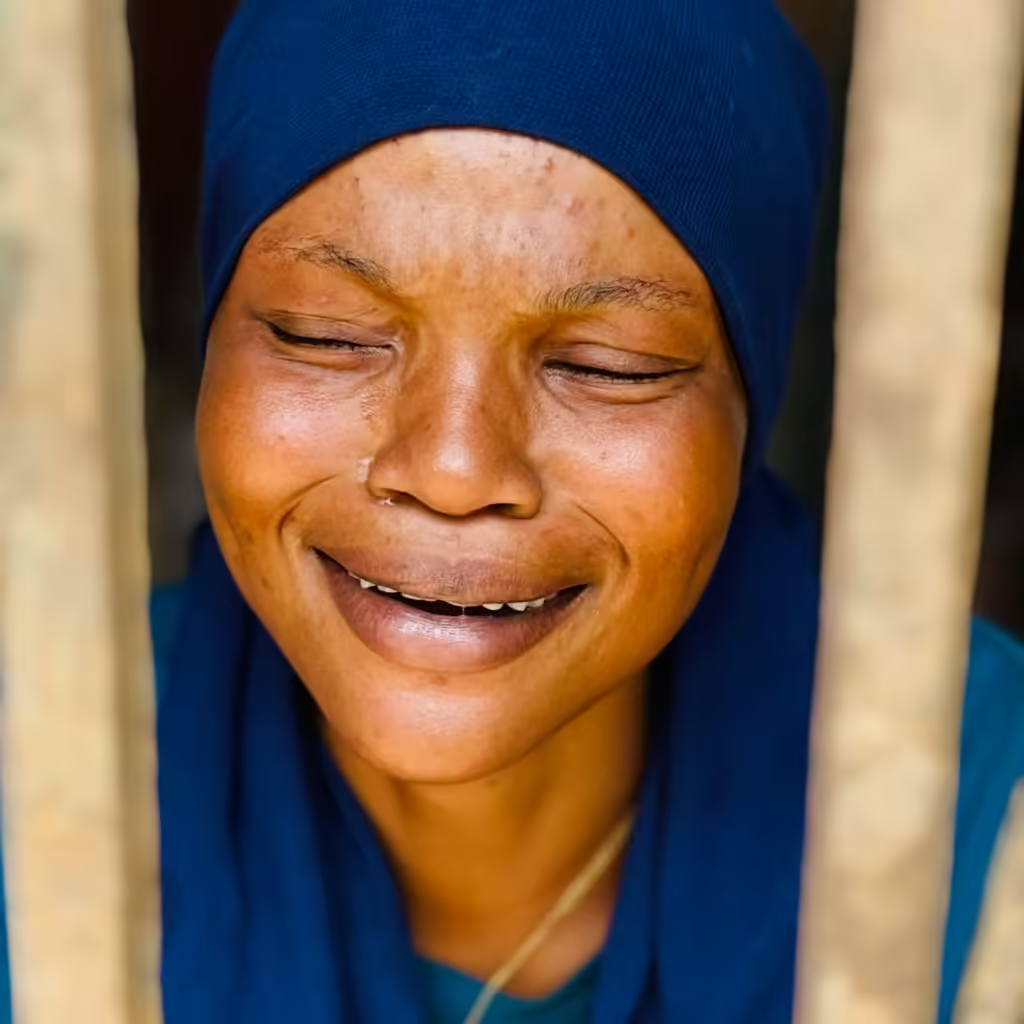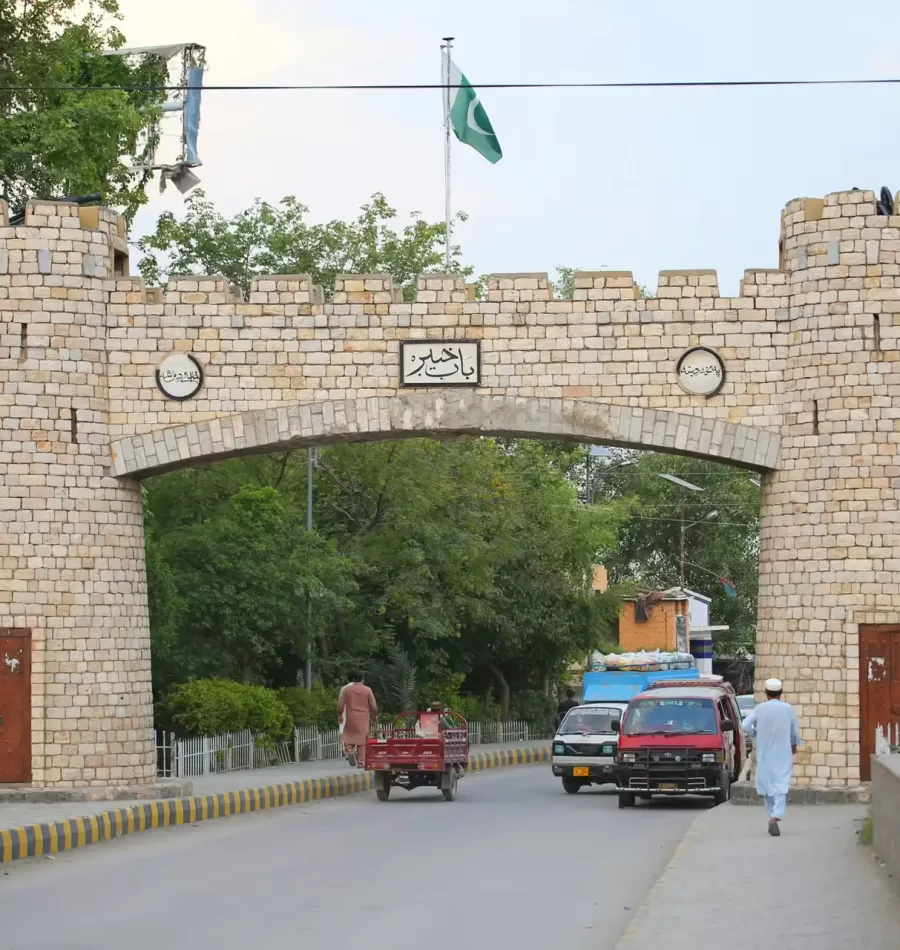The assertion that ” Pakistan’s current and historical views on Women are not good at all”, is a significant claim. However, there is substantial evidence to support this statement. The internet is filled with documentation, I do not need to bear this responsibility alone. Let’s explore why this perspective exists.
In the history, Pakistan was divided into East and West Pakistan, the situation in East Pakistan was dire. The people there suffered greatly, while those in West Pakistan largely remained silent. This silence could imply either complicity or fear of the military regime. But why did they suffer? Let’s learn in the below sections.
Please also read my blog on Pakistan’s radicalism, extremism and violence in ‘Pakistan: A Land Extremism, Radicalism, and Violence – PolyBlogger.com. Please like, comment and share this blog as well.
I firmly believe that many in West Pakistan tacitly supported the actions of the Pakistani army in Eastern Pakistan. It is hard to comprehend how such atrocities could occur right before people’s eyes without any significant protests. The absence of any notable dissent is indeed troubling.
To illustrate this headline topic, we will examine two significant historical events: Partition and the Liberation of Bangladesh. History tends to repeat itself, and we cannot predict which nation might face similar challenges in the future. While neighbouring countries have grown stronger and are now capable of countering Pakistan, we cannot be certain where Pakistan might strike next or what brutal actions it may undertake. Trusting in Pakistan is akin to placing faith in malevolence while shutting out the possibility of goodness.
Table of Contents
Toggle1) Partition

India received independence on 15th Aug 1947 and Pakistan on 14th Aug 1947. It wasn’t a joyful ride to get independence.
- Just before Britain announced that India would get independence, Barrister Ali Jinnah wanted to be Prime Minister of India.
- However, he knew, he would never become PM because of other stronger political candidature.
- He then demanded a new country based on religion, Islam. He demanded the partition of India.
- All were against it. He then started Islamist groups, Islamic organizations, and men to gather and start riots.
- All over India, the chaos started. A wave seeking partition based on religion started.
- Freedom fighters and Politicians then recognised a need for a new country.
Based on various discussions, riots and talk shows; it was clear to have a new country. Jinnah won this battle and since then the emergence of a radical state began.
When India chose 15th Aug 1947 as the day of independence, Jinnah selected a day prior as Pakistan’s Independence Day. But even after independence, the borders of both countries were unclear.
The next chaos started around Independence Day. Since the borders were unclear, people started moving to their desired country by leaving their lands and houses as is, in panic. That’s where radical people began to play.
- A train from Pakistan’s Peshawar left for Delhi. It was 14th Aug 1947. Groups of radical people attacked that train, as soon as they received this information.
- A Massacre started. Radicalised groups beheaded heads, cut hands and legs, and killed children.
- They raped all the women who wanted to board the train. After rapes, they killed many and kept others alive to narrate what happened in the history.
- That train was a graveyard train. Radical Pakistani wrote a message on the train; ‘Nehru and Patel ko Azadi ka Tohfa’ (Gift of Independence to Nehru and Patel).
- Many women, when asked, told that they went through countless rapes and brutal assaults.
- The Indian government has documented it. However, unfortunately, the first government of India (which continued for another 16 years until PM Nehru died), did not do much about it.
- Another train began from Delhi to Karachi on 15th Aug. As soon as it reached Ludhiana, Sikh and some other religions attacked the train, killing four and injuring several others.
- As soon as it reached Karachi, radical people became even more brutal and continue killing and raping for several days.
- It is well-documented that nearly 100,000 women were raped during this tumultuous time. Many of these women were forced into prostitution, while extremist individuals killed others.
- This violence was often directed at those whose religion differed from Islam. In a horrific display, the naked bodies of women were sent by train to India.
- The scars from this period are indelible, and Pakistan has consistently denied these events for obvious reasons.
2) Liberation of Bangladesh
Following independence, Pakistan was divided into East and West Pakistan. East Pakistan, now known as Bangladesh, was located to the east of India, while West Pakistan was situated to the west. For further information, you can find various videos on YouTube by searching for terms like “Bangladesh genocide and rapes” or “India-Pakistan war 1971.” These resources will provide additional context to my claims.
Bangladesh has always been a majority Bangla-speaking country. However, Ali Jinnah designated Urdu as the official language of Pakistan. In East Pakistan, where Bangla was predominantly spoken, politicians banned the language from official assemblies, humiliating Bangla speakers. Jinnah declared that anyone speaking languages other than Urdu, such as Hindi or Bangla, was an enemy of Islam and Pakistan. This rhetoric fuelled existing radicalism and bigotry, spreading hatred throughout the region.
By 1958, the situation was still manageable, but everything changed when the government was overthrown, leading to military rule in Pakistan. Ayub Khan, the army commander-in-chief, assumed the presidency. The cruelty faced by the people of Bangladesh escalated. They were treated as second-class citizens, especially since over 30% of the population was Hindu, while the majority spoke Bangla.
One notable figure who opposed the government was Sheikh Mujibur Rahman. He united the people of East Pakistan, leading protests against Ayub Khan’s regime. Rahman was imprisoned multiple times for his activism. By 1970, the pressure on Ayub Khan became unbearable, forcing him to resign. The demand for general elections was met, and the nation was shocked when the results were announced. Mujibur Rahman, leader of the Muslim Awami League, won a decisive majority. Ideally, he should have become the next Prime Minister of Pakistan. However, the West Pakistanis could not accept this outcome, and that is where the turmoil truly began.
The Pakistani army undertook a series of alarming actions aimed at East Pakistan during this tumultuous period:
- They aimed to teach East Pakistan a harsh lesson.
- The army resolved to eliminate anyone who opposed them and assassinate many leaders from Mujibur Rahman’s political party.
- Radicalized army initiated a campaign of mass genocide in East Pakistan.
- The Pakistani army arrested Mujibur Rahman. He is the father of Sheikh Hasina, the former Prime Minister of Bangladesh, who was recently dismissed and is currently seeking temporary asylum in India.
- The army sought to fundamentally alter the demographic makeup of Bangladesh. This involved horrific acts, including the systematic rape of women, with the intent of forcing pregnancies and preventing abortions. They raped women repeatedly, often by multiple soldiers until becoming pregnant.
- To achieve their goal, the Pakistani army and supporters raped approximately 400,000 women and teenagers, regardless of their religion. They did not want a Bangla-speaking public but only Urdu-speaking. They wanted a completely Pakistan breed in Bangladesh.
- Women and girls were kept in designated areas to monitor whether they became pregnant as a result of these assaults.
- Many women endured multiple rapes, leaving them unable to identify the fathers of their children.
- Some women were deported to West Pakistan, where they were forced into sexual slavery.
- An estimated 10 to 20 million East Pakistanis sought refuge in India. While some succeeded, Indian army stopped others. Tragically, many of these individuals, including women and teenage girls, had already been raped and were pregnant.
- Women and teenagers were often raped in front of their family members. Daughters were assaulted in front of their parents, and wives in front of their husbands and in-laws. Many survivors later shared their harrowing stories.
- Many movies based on tragic events are available across platforms, showing horrific events.
- The army did not spare even elderly women and forced them to sexual violence and often died in excruciating pain. The same fate befell many young girls and women.
- After raping women in front of their families, soldiers executed male family members to instil hopelessness and force acceptance of the Pakistani regime.
- This massacre continued for several months.
Despite the widespread knowledge of these atrocities, including among Western countries like the USA, as well as nations in Europe, Asia, and Australia, there was a shocking lack of intervention. It remains unclear whether this inaction stemmed from fear, a desire to avoid conflict, or a strategic interest in maintaining instability in the Indian subcontinent.
Let’s see below, what happened next.
3) The Western World’s Double Standard
During this tumultuous period, Mrs. Indira Gandhi served as the Prime Minister of India, and the war narrative began to unfold.
- In 1971, Prime Minister Indira Gandhi sought to intervene in the crisis. Both West Pakistan and the Western world became aware of her intentions.
- India began preparations for war by conducting a secret survey under the supervision of the Chief of Army Staff, Late Mr Sam Manekshaw (Sam Bahadur).
- An immediate attack was nearly impossible due to the severe monsoon season affecting the far eastern region of India. The Brahmaputra River is fierce during the monsoon that lasts from June to September, flowing through China, India, and East Pakistan.
- Additionally, India wanted to ensure thorough preparation.
- In a strategic move, Indira Gandhi visited the USSR (now Russia) and signed a treaty known as “The Treaty of Peace, Friendship, and Cooperation” between India and Russia. This marked a significant departure from India’s non-alignment policy, especially during the Cold War, shocking the global community, particularly Western nations.
- By this time, the Soviet Union possessed nuclear weapons.
- Upon her return to India, Indira Gandhi met with Mr. Sam Manekshaw to oversee military preparations.
- Meanwhile, Pakistan launched an attack on India. Please see the movie ‘Border’ on YouTube. That was just the start of the war.
- India began to retaliate, with the Indian army attacking East Pakistan alongside the Bangladesh Mukti Bahini, a group of fighters trained and armed by the Indian Army as a part of war preparation.
- India fought on two fronts but quickly advanced to Dhaka, the current capital of Bangladesh.
- As the conflict escalated, Pakistan ran low on arms and ammunition. It could not provide arms and ammunition to East Pakistan since India banned Pakistan from using its airspace and using ocean lines was costly and time-consuming for Pakistan.
- Pakistan sought assistance from the USA, its strong ally and financial supporter. Pakistan
- At this point, the Soviet Union informed Indira Gandhi that US and UK warships were en route to threaten India. However, they assured her that they had already dispatched their forces and would arrive shortly.
- US and UK warships entered the Bay of Bengal, threatening India with a full-scale nuclear war.
- Russian warships positioned themselves behind and close to the US and UK vessels, warning both of the potential for nuclear conflict.
- Faced with this unexpected and stern warning, the US and UK withdrew from the region, leaving Pakistan to confront the war alone. Later both countries declared that they just had gone there to oversee situations and bring peace to the region. Peace at the cost of nuclear attacks? No one can buy that.
- In that, India blew away Pakistan’s only aircraft carrier with a terrific trick. You may want to see that video on YouTube. This resulted in a huge loss to Pakistan.
- Behind the scenes, some report says that Iran was ready to enter Pakistan to assist in the fight against India. However, India never advanced into West Pakistan to the extent that would necessitate engagement with Iran. This restraint was a result of a warning from the Russian ambassador to Indira Gandhi. Otherwise, India might have negotiated for Kashmir and other regions as well.
- The war significantly weakened Pakistan. In that, it received no support and became helpless and hopeless.
- Ultimately, Pakistan surrendered, marking one of the largest surrenders in history, since World War II, with 93,000 soldiers capitulating.
- India successfully liberated Bangladesh. Crimes stopped. Rapes stopped. Pakistan army moved away.
- The world first time experienced a systematically planned example of war for goodness, and kindness.
- The world also saw the power of the USSR. Only a warning was enough to de-escalate another war.
- Mujibur Rahman became the first Prime Minister of the newly independent country of Bangladesh.
It was only after this liberation that the widespread rapes ceased.
In response to India’s treaty with Russia, Western countries, particularly the USA and UK, attempted to support Pakistan.
This marked the beginning of a close friendship between Russia and India, which the USA and UK could not influence. They supported a radical and extremist regime in Pakistan, driven by the selfish motive of undermining Indo-Russian relations. Throughout this period, India maintained a neutral stance regarding the Cold War and did not comment on it.
The treaty with Russia has been under review since 1969, and I believe the USA and UK misunderstood its significance.
4) The Halala Ritual

This topic may shock you and leave you momentarily breathless. In any relationship, couples often have disagreements. I believe that without some conflict, a couple’s life can become monotonous. However, after a disagreement, a wife might offer something to eat or drink, leading to reconciliation. They apologize to each other, and resolve the issue, only to prepare for the next disagreement. This “Tom and Jerry” dynamic continues throughout their lives.
In Pakistan, the situation is different. When a couple fights, they may resort to verbal divorce. This is nothing but a “Triple Talak.” If either partner says the word “Talak” three times, the divorce becomes official. Yes, you heard that correctly. The couple is separate just by uttering this word three times. Unfortunately, women often bear the brunt of this practice.
If they wish to reconcile, the process is far from straightforward. This is where the “Halala” process comes into play. A woman has to marry another man after she gets divorce. After this marriage, the new husband must also pronounce “Triple Talak” to set her free, allowing her to remarry her original husband.
If you think this process is simple, consider that this new marriage may involve any sexual intimacy. In many cases, during the Halala process, multiple men force sexual violence on a woman. Even if her original husband accepts her back, the emotional scars and trauma remain. It can be incredibly challenging for a woman to engage in intimacy under such circumstances, especially when she never anticipated such a situation and such an unknown or unwanted person. Often, a woman may live in the same household, marry her brother-in-law, receive a Talak, and then remarry her original husband.
They simply, justify this by attaching a religious perspective. How justified is this practice? That is for you to decide.
India has banned “Triple Talak” to promote equality for women across all religions. In India, the law takes precedence over religious practices. This commitment to equality is one of the reasons why the world considers India as the largest democracy in the world. This is not just my opinion; the information is readily available online for anyone to verify. I am just summarizing it or bridging it to justify the headline topic.
Now you can understand how Pakistan has earned the label of a “rapist country.” They often use rape as a weapon, driven by a radical ideology that insists the world should adhere solely to Islam and Sharia law. Those who follow other religions have no right to exist. This mindset suggests that they may attempt to alter the “DNA” of others whenever the opportunity arises.
Please comment below to let me know your thoughts on this. You may also want to share this with your friends in your own country and across the countries.
Thanks for reading it through here.
5) Hijab

Pakistan’s radical army has mandated women to wear hijab. A hijab is a kind of clothing covering the full body of a woman from top to toe, including the face and wrist. You can search for an Image of a Hijab to see how it looks.
They give a reason that women cannot remain uncovered publicly. If they wear hijab, they can prevent rapes and molestation etc. They belong to only their husband and cannot freely roam in society. However, many modern women are now thinking differently and are trying to come out of that.
The point is, that the same Pakistani radical people who want their women to be in the Hijab, can easily molest any woman. How is that justified? If they are so decent, why do they want to force women?
A lot of recorded controversies against Pakistan and its views about women are available as proof. It is clear that when a country becomes so radical, it can crush the powerless public to rule it. It can go to the level we never even can think of.
Let us know your comments below. Please like and share this blog with your family and friends.



